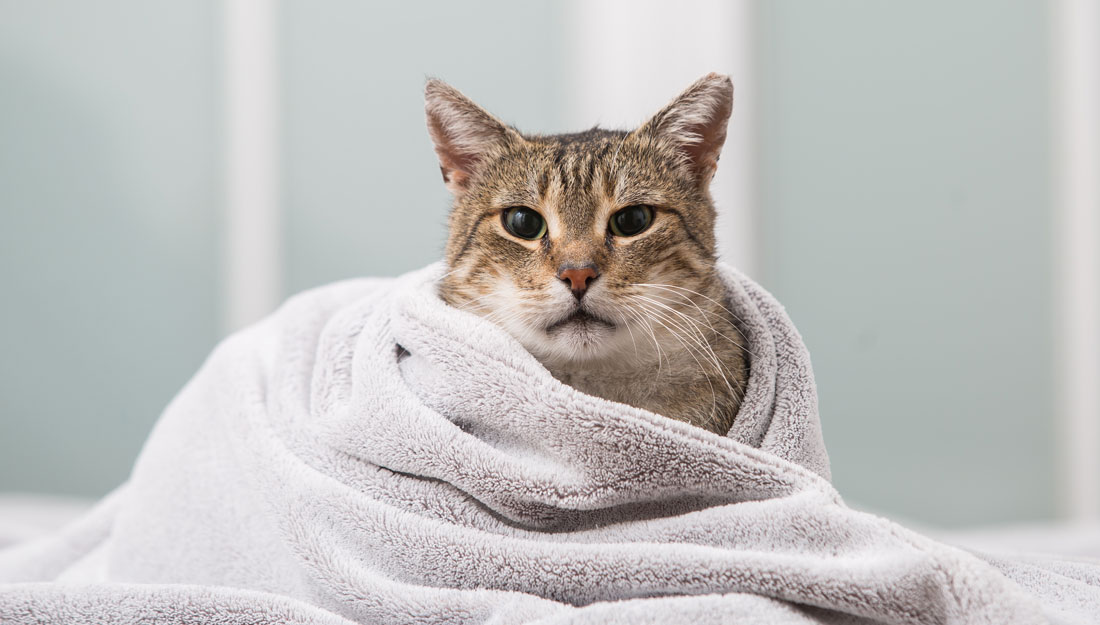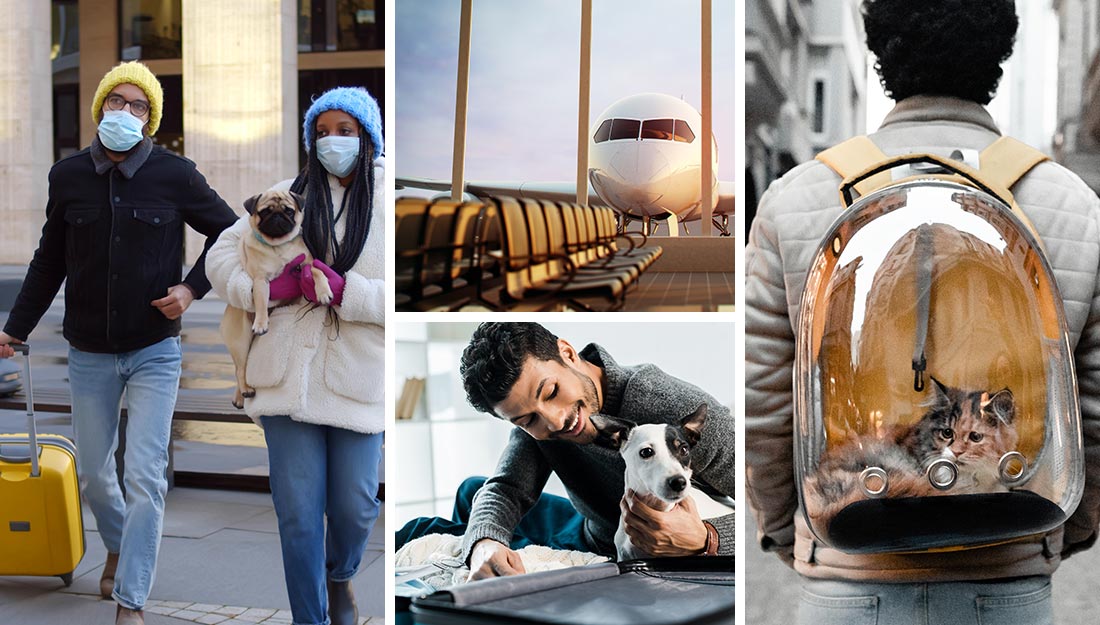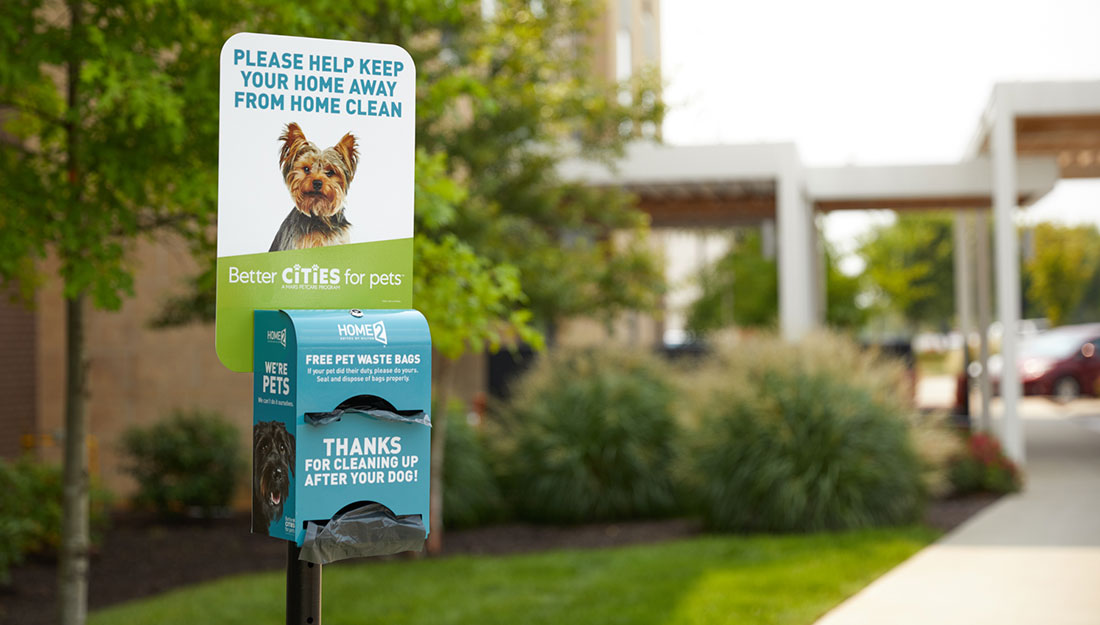When traveling with your cat, you’ll be doing everything you can to keep them safe. But what if an issue arises, whether it’s an illness or accident? We asked the experts from VCA Animal Hospitals for tips on recognizing and handling emergencies with cats.
The first step is to have a plan.
Before you travel, be sure to pack your cat for the trip. Make sure to pack any medications your cat may need. Also, be sure to have access to your cat’s medical records, like digital copies from your veterinarian – just in case.
It’s also important to know where you can take your pet in case of an emergency. Know where several veterinary emergency hospitals are in the area you are traveling to, just in case. You can also ask if your veterinary hospital offers tele-triage or other virtual care options that you can use while on the road. For example, through the myVCA app, you can access 24/7 live chat with licensed veterinary professionals that will help answer questions and offer advice.
What’s the first step in an emergency with my cats?
“First, be careful. An injured cat is scared and in pain,” said Dr. Anne Browne with VCA Advanced Veterinary Care Center.
Be cautious and avoid getting bitten or scratched. Keep your face and hands away from an injured cat’s mouth. Move slowly and be very gentle. “Having a solid, usable cat carrier to transport your cat in is important. If your cat is in pain, injured or frightened, you may need to use a thick towel or blanket to handle them safely,” said Dr. Browne.
“Similar to first aid with people, it’s important first to assess and stabilize your cat,” noted Dr. Browne. “Then, call your veterinarian or a nearby veterinary hospital.” When you call, describe what happened and ask for advice about what to do next, seeking tips on how to transport your cat if needed.
What should I do if my cat is bleeding?
Using a clean towel or cloth, apply pressure to the wound for several minutes, then check to see if the bleeding has slowed or stopped. If bleeding continues, keep up the pressure and add more towels if needed. Don’t keep removing the towel – you want to encourage clotting. Maintain pressure until you reach the veterinary hospital.
What should I do if I suspect my cat has heatstroke?
You’ll need to get them to a veterinarian as soon as possible. Cool your cat by rinsing them with cool water or covering them with cool, wet towels. Don’t use ice or ice water, which could drop their temperature too quickly.
Keep the cat wet during transport – the evaporation can help cool their body temperature.
What should I do if my cat has a seizure?
Don’t try to restrain your cat or stop the seizure. Instead, move away any objects that might cause injury and let the seizure play out. Keep your hands away from your cat’s mouth. Seizures usually last a few minutes. Once it stops, keep your cat safe and quiet and contact a veterinarian to discuss next steps.
What should I do if my cat seems to have broken a bone?
You’ll want to try to immobilize the pet as much as possible before transporting to a veterinary hospital. Place the cat gently in a sturdy carrier or box so they aren’t jostled while moving. Be careful since your cat will be in pain and may try to bite.
What should I do if my cat is bitten by a snake?
Assume that any snakebite may be poisonous and get your cat to a veterinary hospital right away. Don’t try to capture or kill the snake, but if you’re able to safely get a picture of the snake, it can help with identification and treatment.
What should I do if my cat is bitten by another animal?
Apply direct pressure to the wound to try to stop the bleeding. Get to a veterinary hospital for treatment and for intervention to ward off infection.
What should I do if my cat eats something dangerous or poisonous?
Many different things are potentially toxic to cat, including pesticides, cleaners, plants such as lilies and mediations. If you see your cat eat something suspicious, call a veterinarian immediately and keep the suspected toxin as well as its packaging. If you don’t see what your cat ate, but suspect poisoning due to symptoms like vomiting, diarrhea or seizure, get veterinary care right away to help reduce absorption of toxins. Do not induce vomiting unless specifically directed to do so by a veterinarian.
In addition to your veterinarian, you can call the 24/7 ASPCA Animal Poison Control Center at (888) 426-4435.
What if my cat isn’t breathing?
If your cat is unconscious, check their airway by grasping their tongue and pulling it forward out of their mouth. Look to see if there is anything blocking their throat. If not, you can perform rescue breathing, which is done for cat through their nose, not their mouth. Hold the cat’s mouth closed with your hand and blow two to three breaths into their nose until you see their chest rise/expand. Keep giving rescue breaths until you reach veterinary care, providing about 20 breaths per minute.
Click here for more detailed information from VCA about rescue breathing and CPR for cats.
VCA Animal Hospitals is a leader in veterinary care, delivering world-class medicine to more than 4.2 million pets each year through its national network of hometown hospitals. VCA is part of the Mars Veterinary Health family. For more information, visit VCA.com.






 Your Privacy Choices
Your Privacy Choices